Birdwatching in Torres del Paine
If you're someone who always listens closely to birdsong on nature walks, wishing you had your binoculars handy to spot the source, Patagonia is the ideal place to start—or deepen—an interest in birdwatching, also known as ornithology. Here in the Patagonian ecosystems, you’ll be dazzled by the lively tapping of the black woodpecker or the graceful flight of the Chilean flamingo. Today, we’ll guide you on everything you need to explore the park in search of Patagonia’s marvelous birdlife.
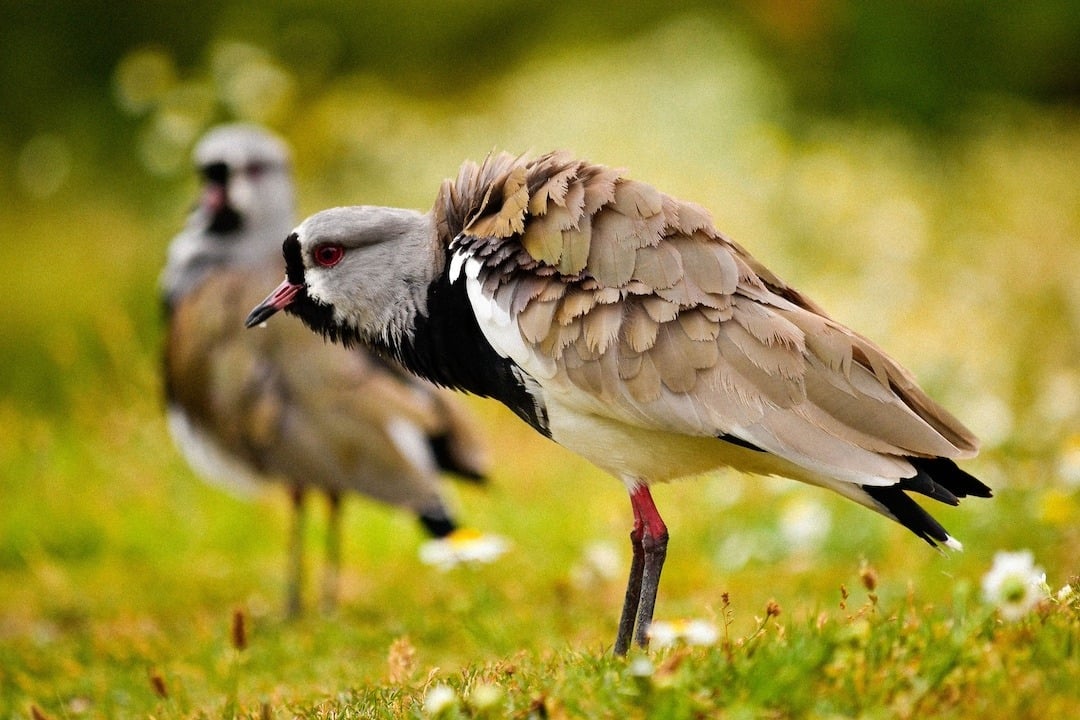
Essentials for Birdwatching
While birdwatching can easily be part of a trek through various sectors of the national park, certain essential tools can make the experience even better. Take note!
First, a good pair of binoculars is essential. We recommend choosing binoculars with a magnification of 8x or 10x, which allow you to observe fine details of birds that are often shy and quick to fly away, all without needing to get too close. Make sure they’re comfortable and easy to handle during long walks.
Another key item is one of the many bird guidebooks for Torres del Paine. These guides, with helpful illustrations and photographs, will help you identify each species you encounter. In our souvenir shop at Hotel Las Torres and our Welcome Center, you’ll find different editions that will be helpful in your exploration.
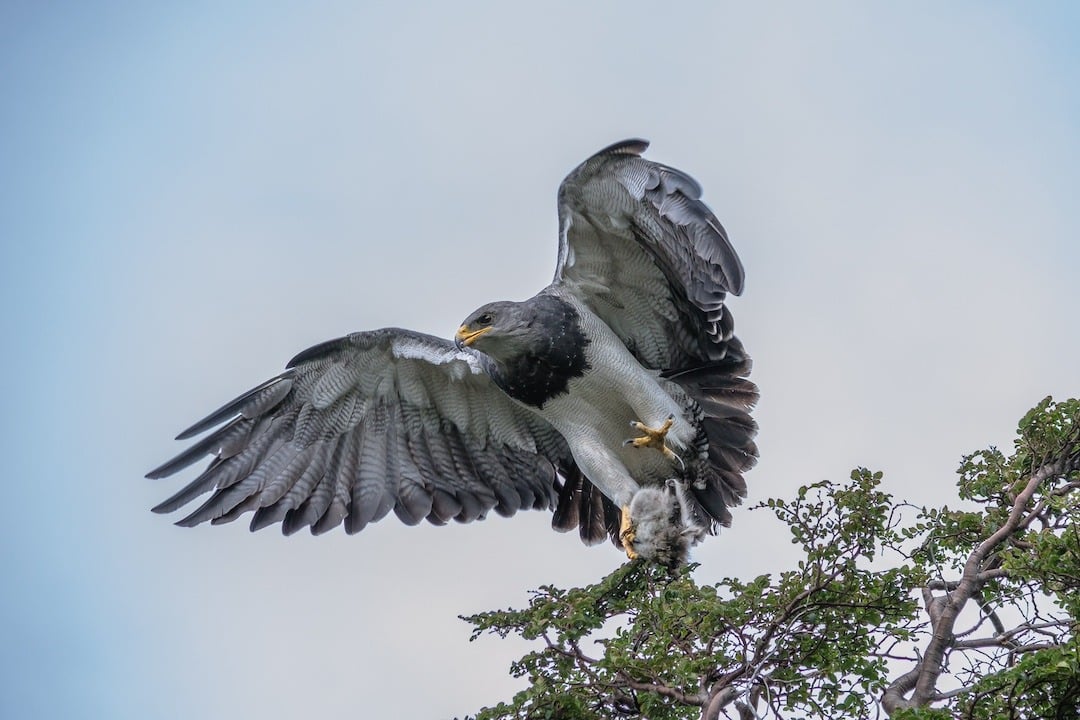
Essentials for Bird Photography
If your goal is to fill your Instagram with stunning shots of Torres del Paine’s birdlife, a quality camera is essential. Don’t forget to tag us so we can feature your photos in our stories!
We recommend cameras with telephoto lenses that allow you to take close-up shots from a distance without disturbing the birds. Compact tripods are also great for keeping the camera steady during long waits. For an even better experience, you can use lenses with camouflage surfaces to blend seamlessly into the environment.
Additionally, bring extra batteries and memory cards, as the park’s stunning scenery offers endless photo opportunities you won’t want to miss.
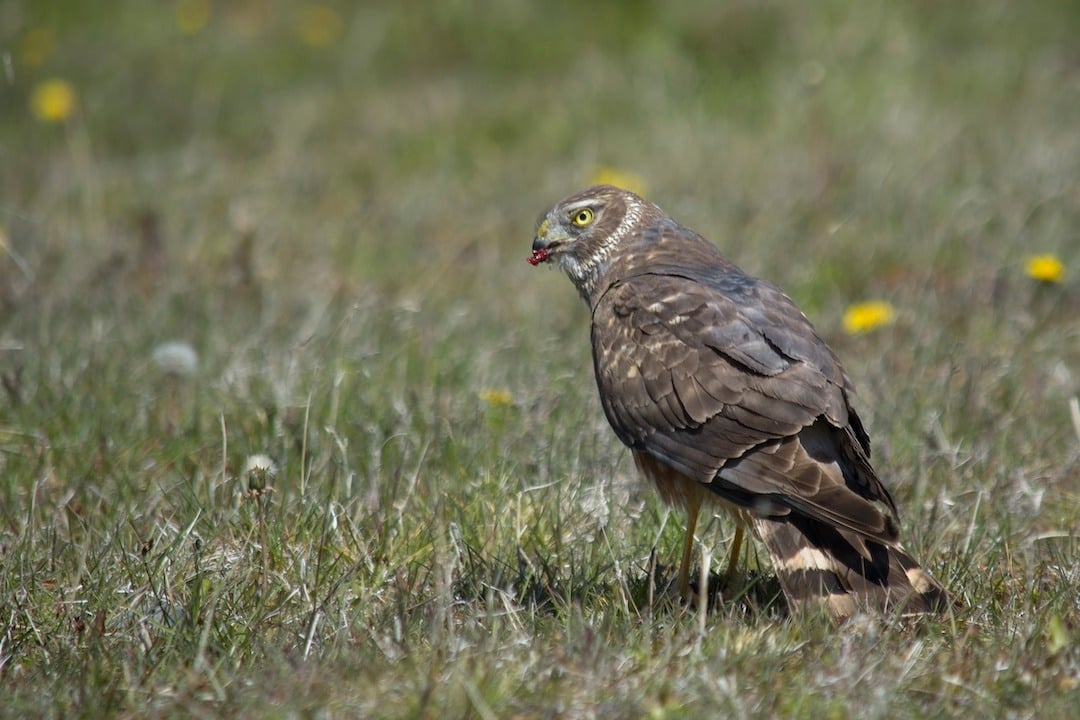
Which Birds Can You Spot in Torres del Paine?
Can you spot them all? Torres del Paine National Park is home to over 120 species of birds, making it a paradise for bird enthusiasts.
Among the most iconic is the majestic Andean condor, offering visitors a unique spectacle. If you’re on one of our shuttles headed to the park, the driver might stop at some of the best roadside spots to observe these stunning birds.
You’ll also encounter waterbirds like the black-necked swan and the Chilean flamingo, which add an elegant touch to the park’s lagoons and wetlands. Keep an eye out, and you might spot the bold caracara or the charming chucao with its characteristic song that echoes through the forests.
In the steppe areas, it’s common to see the ñandú, a large, flightless bird that moves in groups across the open plains. And of course, we can’t forget the kingfisher, with its bright colors and skill at diving for food, or the eagle, soaring gracefully in search of prey.
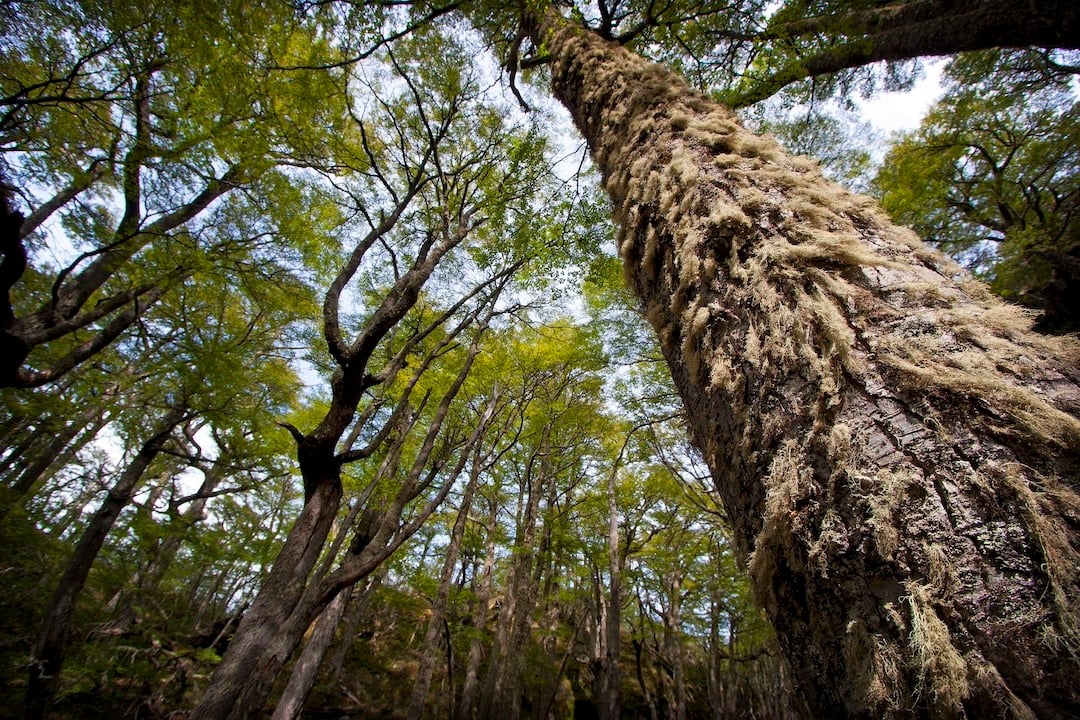
Best Areas in the Park for Birdwatching
If you’re hoping to spot some birds, venture onto the trails and seek out water sources. Rivers, lakes, and lagoons draw birds out of the forests, making these prime observation spots. Areas near bodies of water, such as Grey Lake and the Serrano River, are ideal for spotting ducks, swans, and flamingos. The lenga forests, on the other hand, offer refuge to smaller birds like the rayadito and huet-huet. Additionally, the cliffside and mountainous areas are the perfect spots to observe the majestic Andean condor soaring over the park.

Most Important: Be a Responsible Tourist with Local Wildlife
Birdwatching is an activity that requires the utmost respect for nature. Remember that birds are sensitive to changes in their environment, so avoid making loud noises or sudden movements. When entering their habitats, we are visitors in their home. It’s also crucial not to feed or get too close to the birds, as this can disrupt their natural behavior. Using bread or cookies to attract them is strictly prohibited in the park, so maintain a respectful distance and use the appropriate tools to observe without interfering with their habitat.
For more information on our trekking circuits that can help with birdwatching, check out the link below.



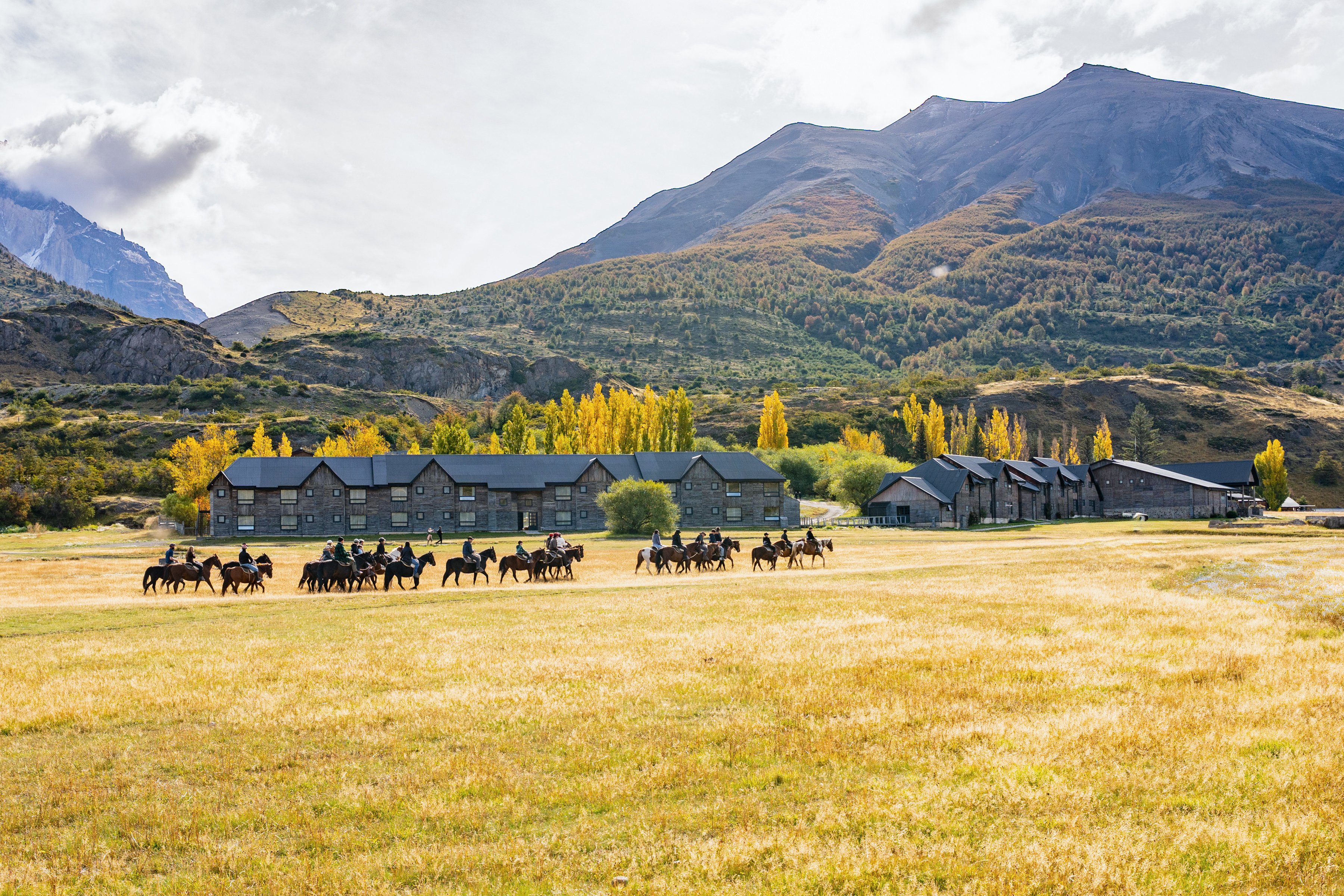
.jpg)